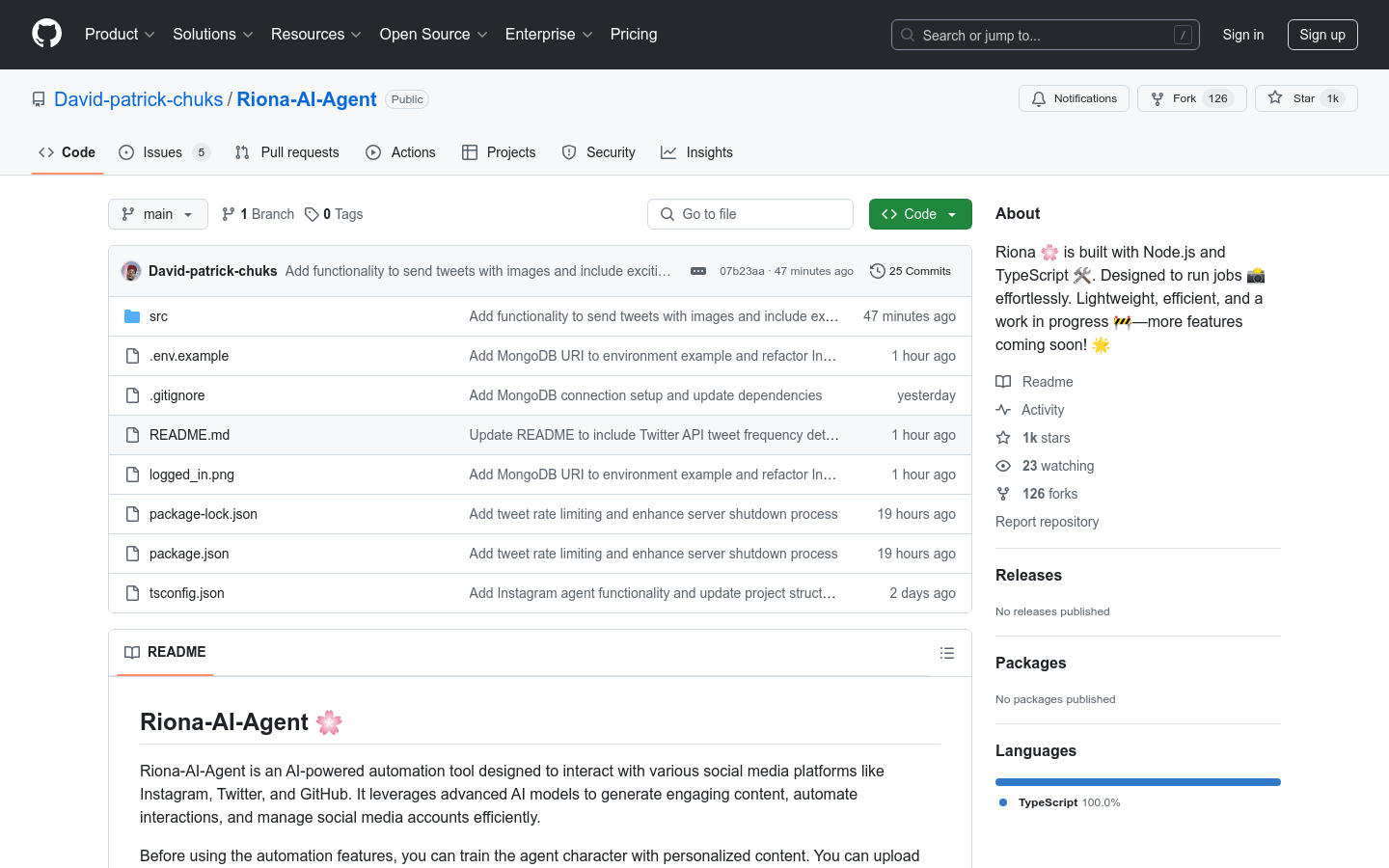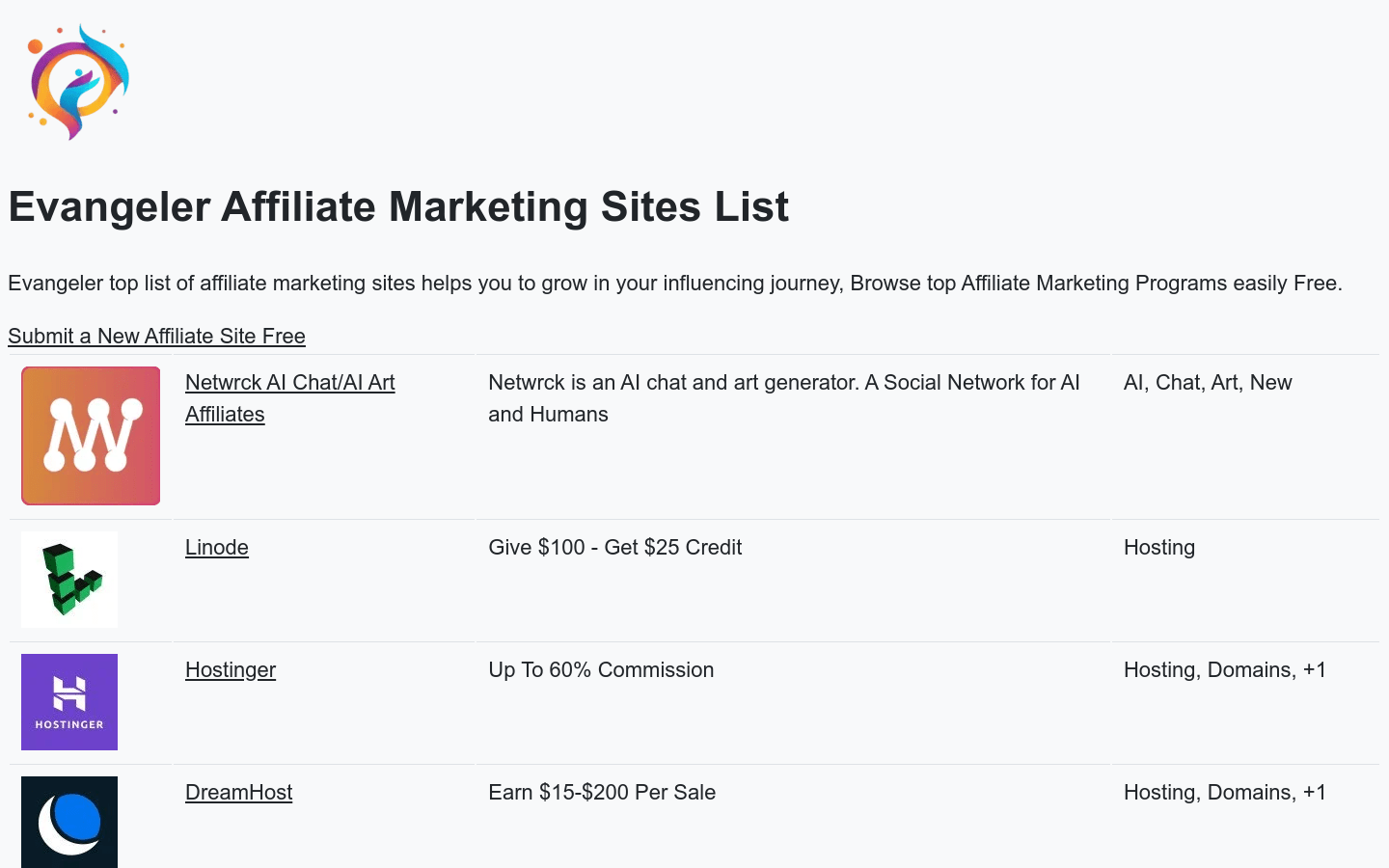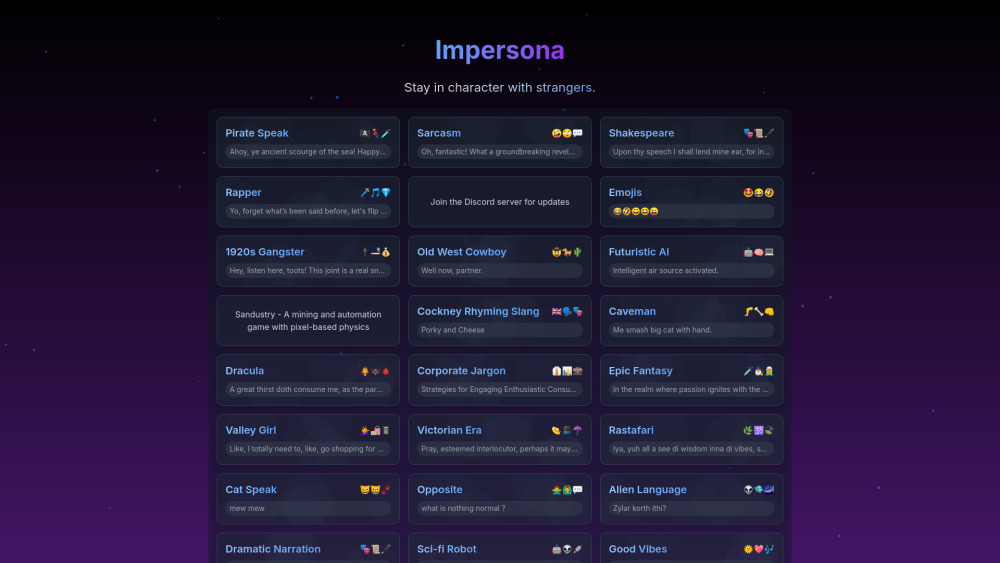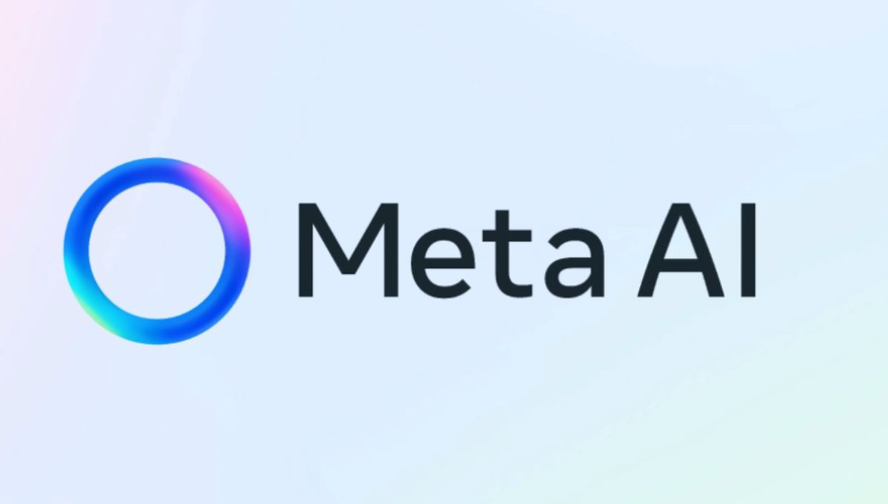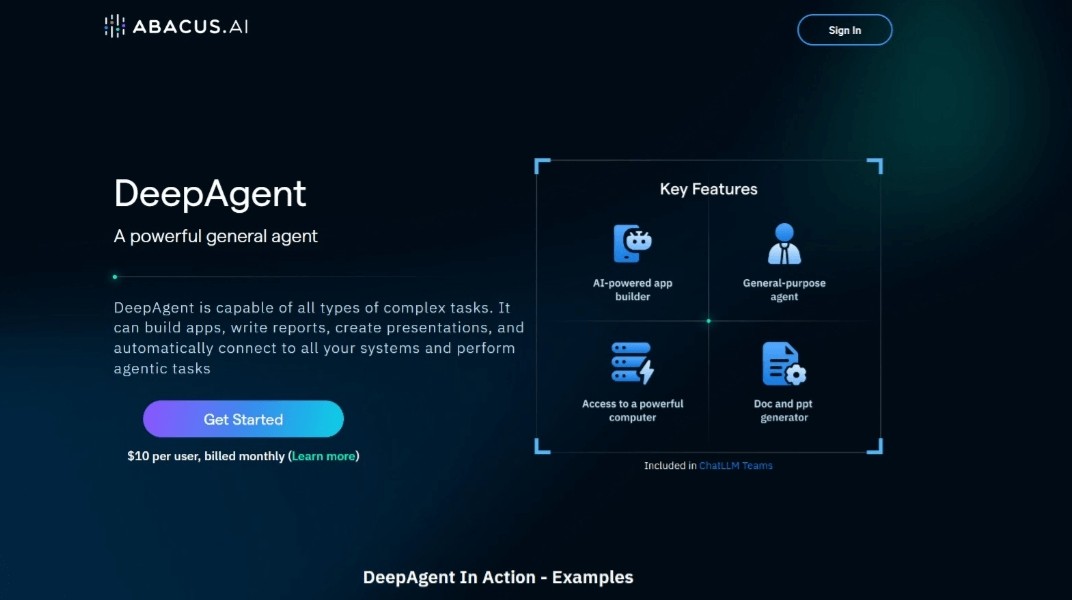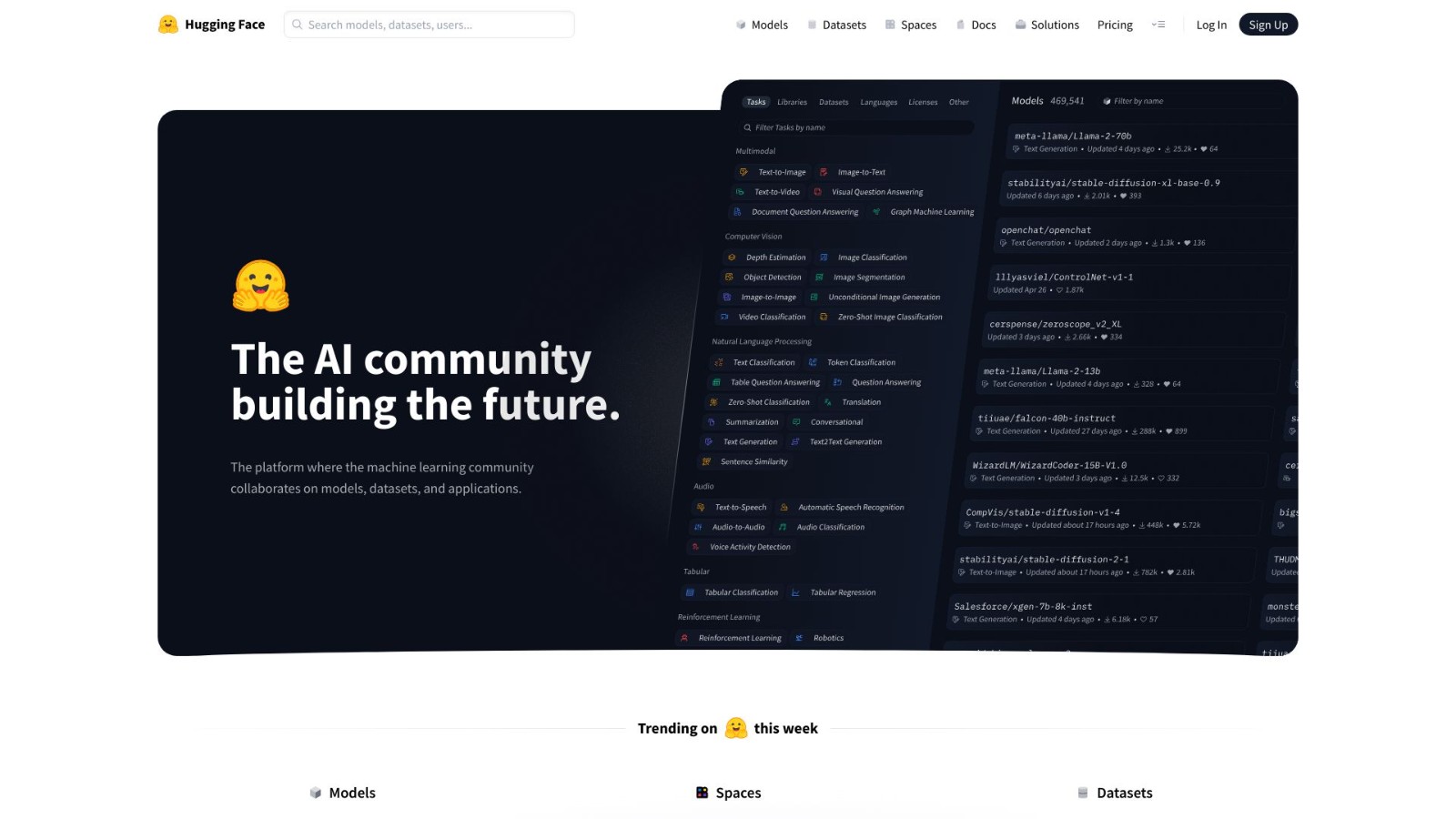
hugging face is a world-leading artificial intelligence (AI) research and development platform, with a particular focus on natural language processing (NLP) and machine learning (ML). As one of the pioneers of AI technology, hugging face not only provides a huge open source model library, but also provides various tools and resources for developers, researchers and enterprises, dedicated to accelerating the research, development and application of AI technology. Through its innovative API, easy-to-use tools and highly active community, hugging face is promoting AI to a wider range of application scenarios, further promoting the democratization and popularization of AI.
Huge Model Library
hugging face has the most comprehensive and rich open source NLP and machine learning model library in the industry, covering from basic models to the most advanced pre-trained models, supporting multiple languages and multiple tasks. Its library includes but is not limited to popular language models such as BERT, GPT, RoBERTa, T5, DistilBERT, and image processing models such as Vision Transformers and CLIP. Users can easily obtain and apply these models to solve various tasks such as text classification, sentiment analysis, translation, named entity recognition (NER), summary generation, question answering systems, etc.
Easy-to-use APIs and tools
hugging face provides an easy-to-use Transformers library that makes it very simple to integrate and use these powerful machine learning models. Whether it is a small personal project or a large enterprise-level application, users can load, fine-tune and deploy models with a few lines of code. In addition to the Transformers library, the platform also provides a variety of practical tools such as Datasets library, Tokenizers tool and Accelerate, which greatly simplifies the training, tuning and deployment process of the model.
Active AI community
The community of hugging face is a gathering place for AI researchers, developers and technology enthusiasts around the world, with millions of members and an active communication atmosphere. Whether it is the discussion of the latest research results, technical issues, or sharing of projects and experiences, hugging face provides users with a high-quality interactive platform. Contributors in the community share datasets, pre-trained models, code examples, and tutorials to help users accelerate learning and problem solving.
Support AI research and innovation
hugging face is not only a model library, but also a platform to promote cutting-edge research in the field of AI. It encourages and supports the work of AI researchers around the world by providing the latest research results, open source datasets, research papers, and code implementations. In addition, hugging face also provides various challenges and competitions for the open source community to stimulate innovative thinking and technological breakthroughs. The Model Hub on the platform also provides researchers with the convenience of comparing and evaluating different models.
Strong enterprise support
For enterprise users, hugging face provides professional technical support and customized services to help enterprises effectively deploy AI solutions in production environments. Whether it is customized model fine-tuning or handling large-scale AI tasks, hugging face can provide enterprises with flexible solutions.
Natural language processing (NLP)
hugging face provides powerful NLP functions, which are widely used in tasks such as machine translation, text summarization, sentiment analysis, semantic understanding, automatic question and answer, and speech-to-text. For example, developers can use the pre-trained GPT model for dialogue generation, or use the BERT model for text classification and sentiment analysis.
Speech recognition and generation
In addition to text processing, hugging face also supports speech-related tasks. Its speech recognition model can achieve high-precision speech-to-text functions, while speech synthesis technology (such as TTS, Text-to-Speech) makes the text-generated speech sound more natural and fluent, and is widely used in scenarios such as smart assistants and voice interaction.
Image Processing
hugging face's models are not limited to processing text data. The platform also supports image processing tasks such as image classification, image generation (such as DALL·E, VQ-VAE), and object detection. Developers can use image recognition models to provide automated image labeling and product classification functions for e-commerce platforms, or provide visual perception support for autonomous driving.
Education and Research
hugging face is an important tool platform for academic institutions and researchers. Whether it is used to demonstrate the practical application of machine learning and natural language processing in teaching, or for scientific researchers to verify and experiment with new algorithms, hugging face provides a large number of open source resources, including data sets, paper implementations, and pre-trained models, to help users easily carry out various research and educational activities.
Personalized recommendation system
Based on natural language processing and machine learning models, hugging face can also be used to build personalized recommendation systems, such as movie recommendations, product recommendations, content recommendations, etc. These systems can provide more accurate recommendation results based on user interests and historical behaviors, thereby improving user experience and conversion rates.
AI researchers
hugging face provides cutting-edge AI models and technical resources, and is an ideal platform for AI researchers to conduct experiments in natural language processing, deep learning, computer vision and other fields. By accessing the latest research results and open source code, researchers can write papers and explore technologies more efficiently.
Data Scientists and Machine Learning Engineers
Data scientists and ML engineers can quickly obtain and apply large-scale pre-trained models through hugging face, saving time on model development and training, allowing them to focus on problem solving and innovative applications, and improve work efficiency.
Software Developers
Developers can use the APIs and tools provided by hugging face to quickly integrate the most advanced natural language processing and machine learning technologies into their applications. Whether it is to support chatbots, voice assistants, or personalized recommendation systems, hugging face is an ideal choice.
Academic Institutions and Educators
For educators and academic institutions, hugging face provides a wealth of learning resources and open source tools, making it a core tool for AI courses, experiments, and teaching activities. By using these tools, students and researchers can quickly get started and understand the core concepts of NLP and machine learning.
Enterprise and Industry Solution Providers
Enterprises can use the various models and tools provided by hugging face to improve the intelligence level of products and services. Whether it is improving efficiency through applications such as intelligent customer service, automated text analysis, voice recognition, or developing customized AI solutions, hugging face is an important partner in enterprise transformation.
hugging face is leading the innovation in the field of artificial intelligence. It not only provides convenient development tools and powerful model libraries for individual developers, but also provides extensive support for academic research and enterprise applications. With its open source spirit, innovative technology and global community, hugging face is becoming a core platform for the development of AI technology, promoting the popularization and application of artificial intelligence.
